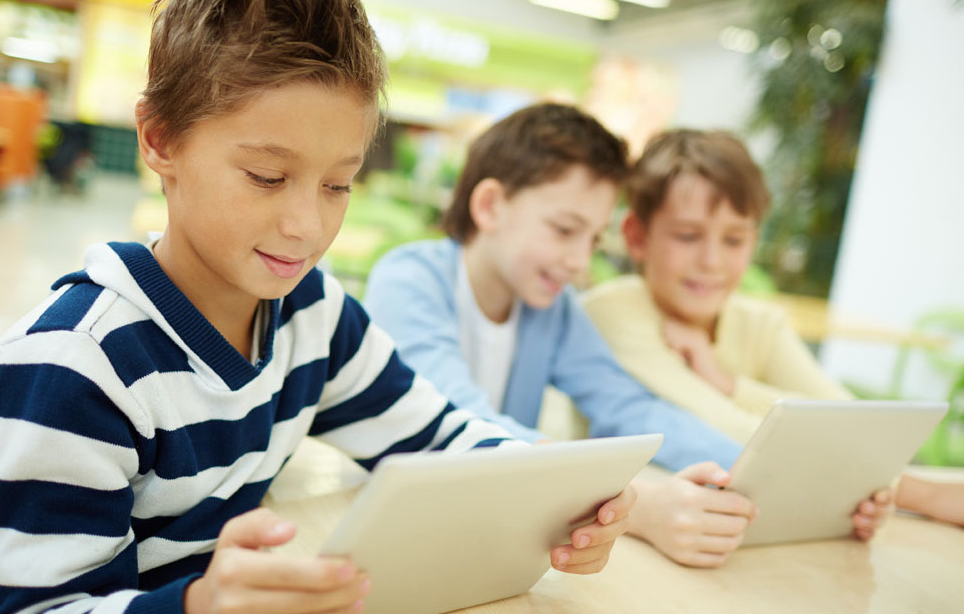
Patrick Wenham is head teacher at Bickley Park School in Bromley which is shortly set to celebrate its centenary year. By the end of this academic year, most pupils at the school will have their own allocated iPad in school to support their learning. Here Patrick discusses the uses of technology in the classroom – and the digital future of education.
If we go back only 25 years we saw schools using traditional chalk boards and an IT class equipped with a host of basic computers and networks. Pupils were only really interested in getting their hands on ‘Clip art’ and making a document littered with different typefaces. Excel was featured, but not favoured. Technology has clearly moved on and so has education. Traditional teaching methods still have their place, but with gadgets and a wealth of information at our fingertips, what’s happening in our classrooms now?
Computers and tablets are no longer just for IT lessons. Most subjects embrace some of the wonderful pieces of kit and apps available to further enrich the pupils’ learning experience and make education an adventure that students can explore independently. The financial outlay may seem vast to begin with; however, the investment isn’t just in the equipment: it’s learning how to prepare for a digital future for our children. At Bickley Park School we are providing learners with iPads to enable them to structure the best way that works for them. Pupils can research subjects independently, create publications in book creator apps and have instantly accessible resources. In turn this gives the boys an opportunity to learn together by collaborating and sharing and offers differentiation and choice, which sparks interest and strengthens engagement. Just as we can communicate with parents via apps, pupils can talk remotely with us. They can see their homework on a dashboard and are able submit documents online. Teachers are also able to see what a child is doing in real time. If you have a large class number, this is an effective tool as time isn’t wasted walking around the class to monitor work in progress. Having the facility to switch between pupils online and see exactly what they are doing (or not doing!) remotely gives educators greater control, enhancing their understanding of the lesson and the work being produced. Pupils and teachers can also have online conversations in the class. For those students who are shy or self-conscious, the ability to ask teachers questions online offers reassurance and ultimately boost confidence.
We are using technology in a variety of classes and practices include learning to code to a high level, undertaking robotics projects, and using tools such as a CAD CAM machine and 3D printer. Products designed in Design Technology are even sold commercially by the boys in craft fairs.
We also host an annual ‘Dragons’ Den meets The Apprentice’ competition in which teams of students present products they have made to real businessmen and women.
As part of a Design Technology project, they worked in teams to manufacture products, developing and testing prototypes before pitching their ideas to four real life ‘dragons’ from the world of banking, insurance, investment and technology. Some of the dragons had started up their own businesses and one had even worked for the BBC’s Dragons’ Den’s James Caan. This process provided the boys with an excellent introduction to the cut and thrust of the world of business. They had to contend with being put under the microscope and answering questions from the dragons about their business plans: Who was their target market? Had they undertaken market research and what had they learnt? Had they considered pinch points and profit margins?